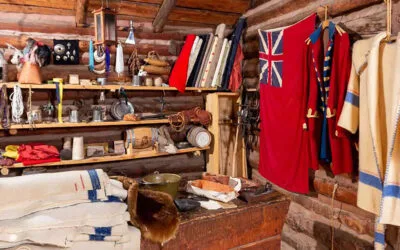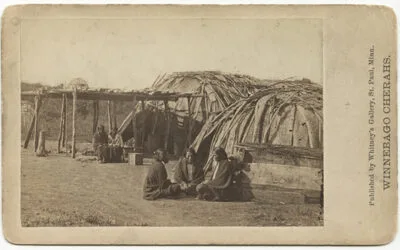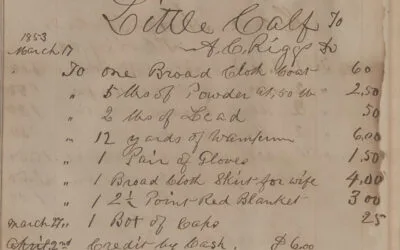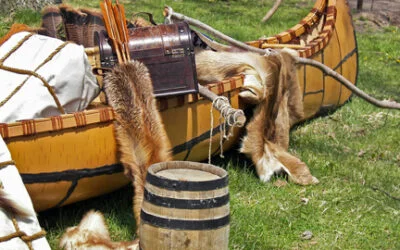Voyageur’s Blog
Ask a voyageur a question
Here’s a blog to answer your questions, like what was life like during the 1800s in French Canada? Like who could or couldn’t be a voyageur? How big the canoes were? What trade goods they carried? What different furs were worth? What they used for medicine? I’ll answer these and more in the “A Voyageur’s Life” blog. Click on the button below to ask your question or go to the “Contact” section of this site — I’ll find the answers.
What’s the most in-demand item of the French-Canadian fur trade?
Surprisingly, Ojibwe wanted cloth more than any other trade good offered by the French-Canadian or British traders.
Lopsticks help find the way in uncharted waters
Lopsticks, tall trees lopped of lower branches, were created to honor first-timer guests in an area. They acted as signposts to later fur trade brigades.
The Ho-Chunk in Minnesota—did you know?
The Winnebago (properly called Ho-Chunk) lived in Minnesota for a dozen years, and can be traced partly through the fur trade ledger of A.C Riggs from 1852-53.
Gleanings from a fur trade ledger of 1852-53
A fur trader’s 1852-53 ledger provides fascinating insights into the Winnebago/Ho-Chunk tribespeople who are listed.
Gift-giving greased the wheels in the fur trade
Instead of trading right off the bat, French-Canadian fur traders gave gifts to their Native hosts at the start of trading, which made them much more successful in the long run.
How point blankets morphed …
Coats made from point blankets —capotes — were used by the British in the War of 1812, and then morphed into Mackinaw jackets, winter wear now preferred by outdoorsmen.






 No wonder Nikki Rajala writes about voyageurs—her French-Canadian ancestors paddled birch bark canoes on many fur trade brigades. One great-great wintered for 16 years in fur posts west of Lake Superior and threads of family stories infuse this book. On Girl Scout canoe expeditions as a teen, she explored Minnesota's Boundary Waters Canoe Area Wilderness and Ontario's Quetico Provincial Park. Nikki loves rendezvous re-enactments, reading fur trade journals, visiting museums, tasting voyageur foods.
No wonder Nikki Rajala writes about voyageurs—her French-Canadian ancestors paddled birch bark canoes on many fur trade brigades. One great-great wintered for 16 years in fur posts west of Lake Superior and threads of family stories infuse this book. On Girl Scout canoe expeditions as a teen, she explored Minnesota's Boundary Waters Canoe Area Wilderness and Ontario's Quetico Provincial Park. Nikki loves rendezvous re-enactments, reading fur trade journals, visiting museums, tasting voyageur foods.